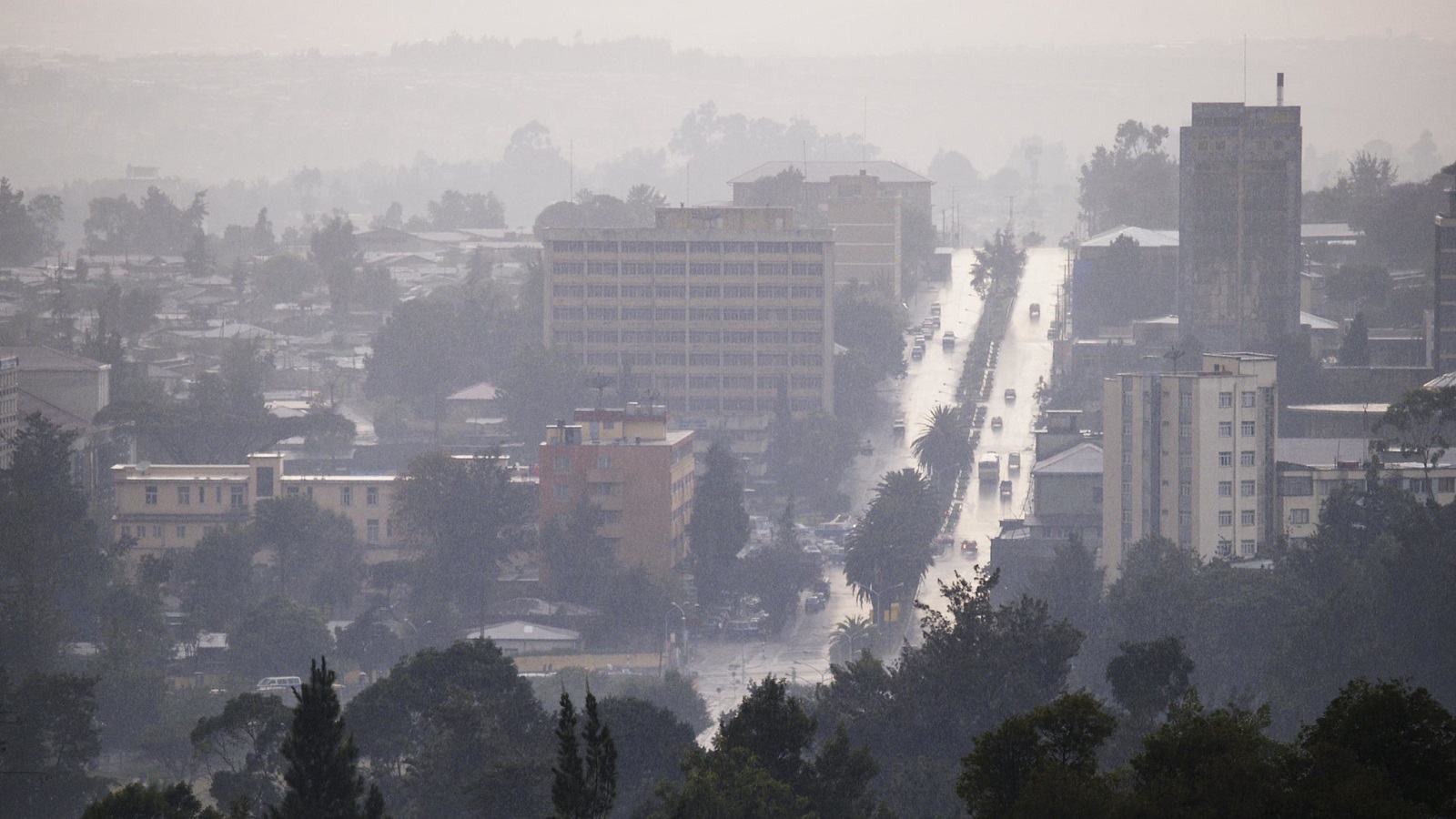
Addis Ababa Is Being Rebuilt — But at a Heavy Cost
Amnesty slams Ethiopia’s modernization plan: mass evictions, trampled rights, and shattered communities. But there’s more beneath the surface.
Since April 25, a red alert has been posted on the U.S. Embassy’s page in Addis Ababa.
The embassy urges American citizens living in Ethiopia to remain vigilant, prioritizing their own safety and that of their families. The message warns that “crime can occur anywhere and at any time” — not the tagline for a new noir series, but a reflection of the capital’s reality. It further advises U.S. citizens to avoid gatherings that might prompt a police response. In reaction to the alert, armored vehicles have begun patrolling the city.
Addis Ababa is dangerous, but conditions outside the capital are even worse. In the Amhara region, since the 2022 Pretoria agreement — which papered over the conflict between the federal government and the Tigray People’s Liberation Front (TPLF) without resolving it — the Fano militia has seized about 80% of the territory, clashing bloodily with federal forces. These violent confrontations, involving soldiers, weapons, and drones, have been largely ignored by the international media, seemingly deemed “less important” than conflicts elsewhere in the world.
At the same time, Addis Ababa is undergoing a facelift. Prime Minister Abiy Ahmed argues that without change, the capital won’t attract foreign investment. But many question the real motivations behind this transformation. The prime minister is reportedly fixated on foreign capital and dazzled by Dubai-style grandeur.
This transformation is being carried out through the Corridor Development Project (CDP), launched in December 2022. The initiative aims to make Addis Ababa cleaner and more livable by building parks, bike paths, and a modern public transportation network.
But not all that glitters is gold. In mid-April, Amnesty International released a report urging the government to suspend the CDP, citing forced evictions and human rights violations. According to the report, residents are being evicted without compensation or alternative housing — a violation of international agreements signed by Ethiopia.
The first phase of the urban renewal project began in 2023 in the heart of historic Addis Ababa. The neighborhood of Piassa, named during the Italian occupation (1936–1941), has deep cultural and historical significance. It housed religious institutions of various denominations, old homes, historic hotels like the Itegue Taitu Hotel (built in 1898), and even the first bank of Abyssinia. Local businesses passed down for generations — butchers, leatherworkers, and more — have now disappeared, along with the cultural fabric they supported.
“Many of Piassa’s residents,” explains an anonymous source, “lived in homes built during the Haile Selassie era, the Derg regime, or Meles Zenawi’s time — all before Abiy took office in 2018. They were evicted without compensation or viable alternatives, like affordable rent.” Many were forced out at night. Some had lived in their homes for 50 years and were given only a few days to leave. According to The Economist, more than 11,000 people were displaced.
Evictions were reportedly justified by the fact that many homes were classified as “Sened Alba” — lacking official ownership documents (“sened” means document in Amharic). This loophole was allegedly used by the government to carry out mass expropriations. In Ethiopia, extended families often share homes, sometimes renting out rooms for income. These evictions cost people not only shelter but also their source of livelihood.
Moreover, the social bonds and informal welfare systems of entire neighborhoods were severed. Amnesty’s report includes testimonies of residents lamenting the loss of “Idr”, a traditional neighborhood association.
“Idr,” the source explains, “is a vital community support system based on solidarity.” It provides emotional and financial assistance, especially during times of mourning — a sacred ritual in Ethiopian culture. The funds for funeral rites, including the setup of the mourning tent or “das,” come from Idr. Members contribute monthly to sustain these services. “Idr was created to promote equality, without discrimination,” the source adds.
Yet Prime Minister Abiy downplayed the issue in January, stating that “in Jimma, the 15,000 evicted people did not request compensation.”
But the CDP — criticized by Amnesty — is just the tip of the iceberg. The evicted residents are mostly of Amhara ethnicity, and this appears far from accidental. In 2022, the Oromo mayor of Addis Ababa reportedly restricted Amharas from entering the city, inspecting ID cards to verify ethnic background.
“Under Abiy,” the source claims, “you can only work in the public sector if you’re Oromo. Oromo has become the language of police and commerce. Demolishing homes downtown means removing ethnic groups not favored by the government — like the Amhara and Gurage.”
This is described as a case of ethnic engineering — a forced demographic shift to increase Oromo presence in the capital. Signs in Oromo are replacing those in Amharic. Addis Ababa’s Amhara population, about 60%, is being marginalized.
If this is the real goal of the CDP, no human rights report may be enough to stop it.
Ethiopia — Africa’s third-largest economy, with a $111 billion GDP and 120 million citizens — has stalled since the Tigray war. Inflation has reached 40%, and the government is trying to recover with a $380 million reconstruction plan, partly funded by the World Bank. Workers now face new taxes to offset the withdrawal of U.S. aid.
Caught in this crisis, citizens can only hope for real change — a true peace among ethnic groups, restoring security and stability to Ethiopia and the broader Horn of Africa.
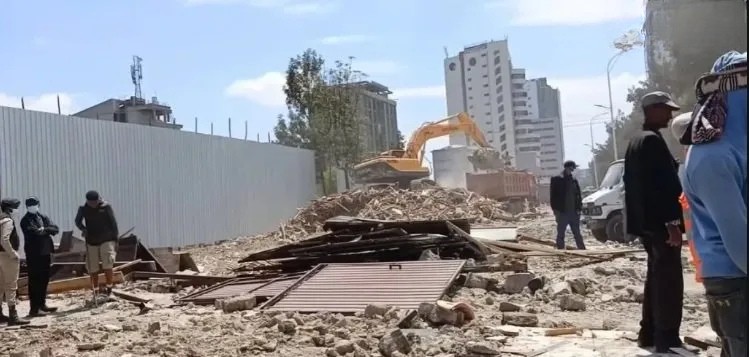

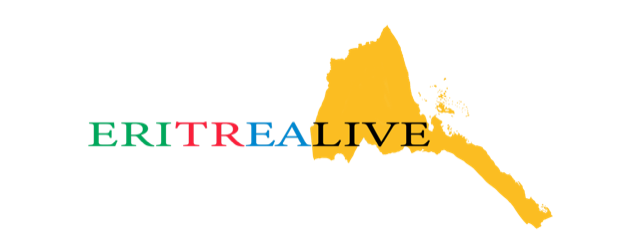
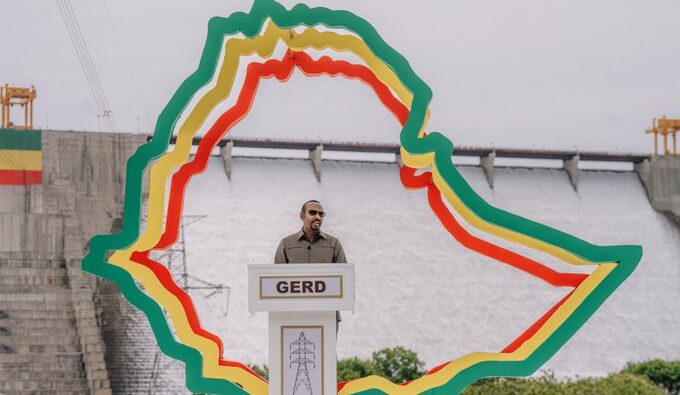
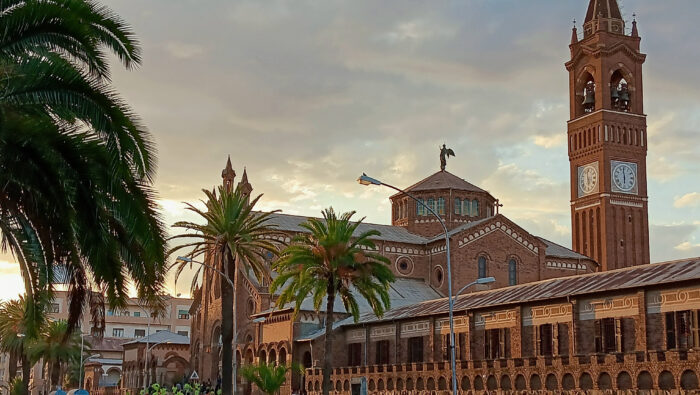
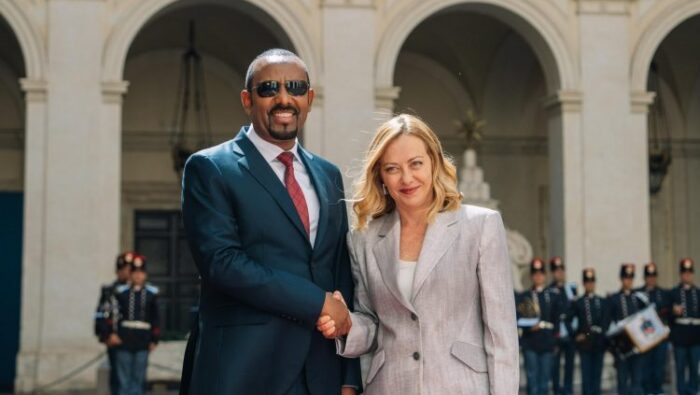
Lascia un commento